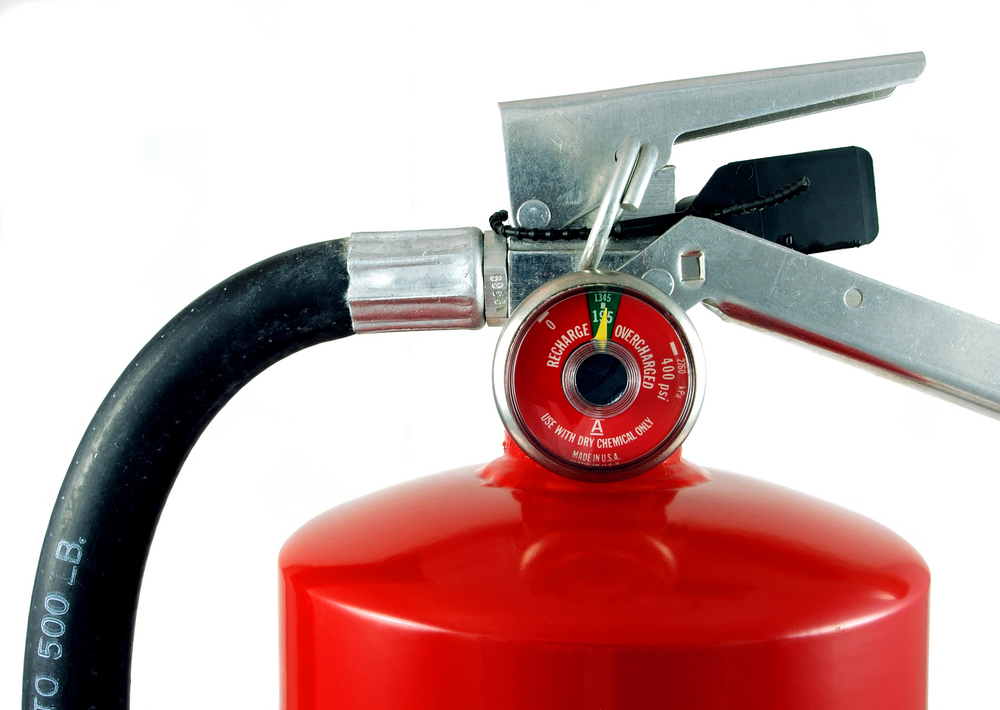Our perception of fire extinguishers is that they’ll always be readily available to put off a fire whenever an emergency arises. But what if the fire extinguisher fails at the time you need it most due to poor maintenance? There are numerous incidences of fire extinguishers that have failed to work effectively during a fire incident even though they’ve never been used before. This often occurs because the fire extinguisher wasn’t recharged or refilled.
As a home or business owner, you must consider fire extinguisher refilling as a critical part of maintenance. Ignoring this important aspect of servicing can lead to serious fire hazards that would have otherwise been controlled as well as hefty fines and penalties.
When do fire extinguishers need to be recharged?
The technician performing fire extinguisher service and maintenance can recommend recharging after performing several assessments. We’ll go over the common instances when the fire extinguishers will need to be recharged below.
1. After each use
If the fire extinguisher has been used before then it needs to be recharged immediately. You may have used the fire extinguisher to put off a small fire in your premise. However, a fire extinguisher refill is still required even if the contents were not completely discharged. Minimal discharge can cause loss of pressure that will prevent the extinguisher from operating properly the next time it’s used. Servicing the unit ensures that it’s ready for the next use.

2. Periodic internal examination and recharging
Depending on the type of fire extinguisher you have in your building, periodic examination of its contents and recharging must be done according to the manufacturer’s service guidelines as well as NFPA standards. For instance, dry chemical fire extinguishers need recharging every 6 to 12 years from the manufacture date even if they haven’t been used.
3. Exposure to damage or environmental factors
There are external factors that can cause damage to the fire extinguisher, which may result in loss of pressure needed for proper operation. For instance, if the canister has deep cuts, it may need to be repaired and refilled or completely replaced.
A quick inspection of the fire extinguisher at least once a month is recommended to ensure the pressure gauge is still at the green zone. If the pressure gauge is not in the green zone then the unit may be overcharged or undercharged.
What to expect during the fire extinguisher recharging process
A fire extinguisher recharge should be done by a trained and experienced fire extinguisher professional. The technician will begin by completely depressurizing the unit and removing its content. He will then remove the discharge valve and siphon tube as well as other components like the valve stem and spring. The technician will then clean the valve and replace the valve spring while performing some visual inspections to look out for signs of damage.
A new valve stem is then installed to avoid pressure loss and the extinguishing agent is refilled by weight to the appropriate level. Each unit has special recharging instructions which must be followed when conducting this process. A leak test must be done to ensure there are no leakages. The unit must be weighed again to confirm that the total weight is within the manufacturer’s recommendations.





